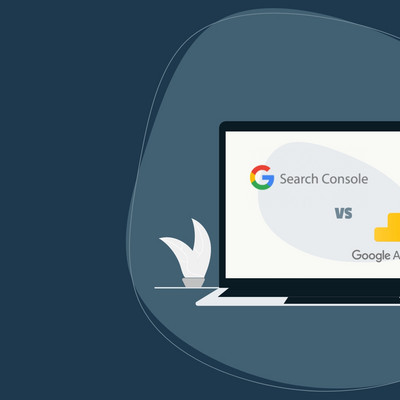The meta description is the first thing potential customers see of your website when they search for solutions on Google and other search engines. So you can use it to get searchers to click on your link. But how do you write a meta description that not only catches the eye, but also gets clicks? Here you can find out what is important - and why a good meta description can increase your visibility enormously.
What is a meta description and why is it important?
The meta description summarizes the content of a website for search engines in just a few words. Search engines can then use this text to create the SERP snippet that is displayed in the search results. It consists of a title and a short text to show searchers whether the page matches their search intentions or not.
In the best case scenario, searchers will immediately understand why it is worth clicking on your page. The meta description therefore influences your click-through rate (CTR) and a higher click-through rate can in turn have a positive effect on your ranking on Google and other search engines.
In short: the better your meta description is, the more potential customers will click on your page.
Sometimes it happens that Google and co. do not use your meta description to generate the search snippet. Sistrix explains why in this article: My own meta description is not displayed in the search results. Why?
3 tips for an optimal meta description
1. short and meaningful
A meta description should be as short as possible so that Google displays it in full. A character length of 150 to 155 characters is generally recommended. However, it is difficult to limit the optimal length of a meta description to a specific number of characters, as it depends on how many pixels the characters take up. If you want to be on the safe side, you can easily use the SERP Snippet Generator from Sistrix to check whether the planned meta description is displayed in full.
2. Relevant keywords
Use the keywords that your target group enters when searching for your topics in your meta description. Not only does this ensure that Google recognizes which topics your page deals with, Google also highlights these keywords in bold in the search results if they match. This draws attention to your entry and signals that your page provides the information they are looking for.
3. clear call to action
With a call to action (CTA), you encourage the reader to take action. A prompt such as "Read now" or "Get a free consultation" motivates the reader to take the next step - namely to click on your page.
Examples of successful meta descriptions
Why does this work?
This meta description is clear and direct. It offers clear added value (free whitepaper; learn, turn leads into customers), contains relevant keywords (lead management) and a clear call to action (download for free).
Why does this work?
The benefit of the service is immediately clear here (increase website performance). The CTA (get free advice) calls for direct action and offers non-binding added value.
Why does this work?
Here, users immediately learn what they gain from clicking (more clicks on Google). How to do this is also addressed directly (optimize meta description). At the same time, this meta description also promises to pass on the knowledge to the user (we reveal this in the blog).
Conclusion
Writing the perfect meta description requires a little creativity - especially if you want to make the most of the limited number of characters. However, with our tips, you'll quickly succeed in writing meta descriptions that pique the interest of potential customers and help you get more clicks.
Would you like more tips for good content? Our free E-book: Guideline for content maintenance contains compact information and numerous examples from a UX, editorial and SEO perspective!
Would you like editorial support or would you like to take part in a content workshop with us? Feel free to contact us for a free consultation.





